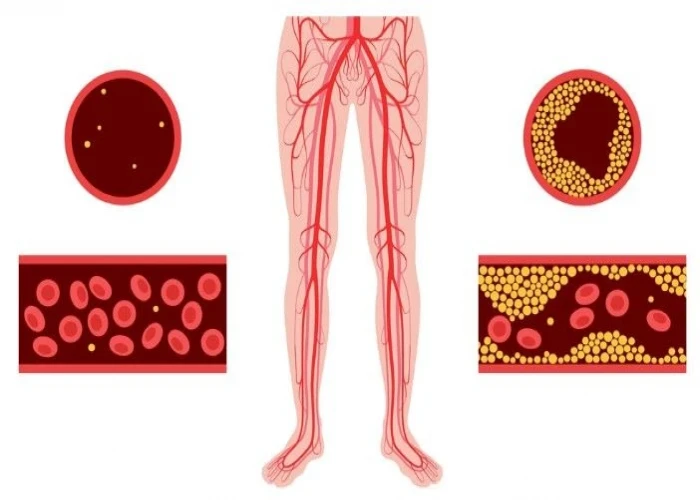 Welcome
Welcome
“May all be happy, may all be healed, may all be at peace and may no one ever suffer."
Peripheral artery disease (PAD)
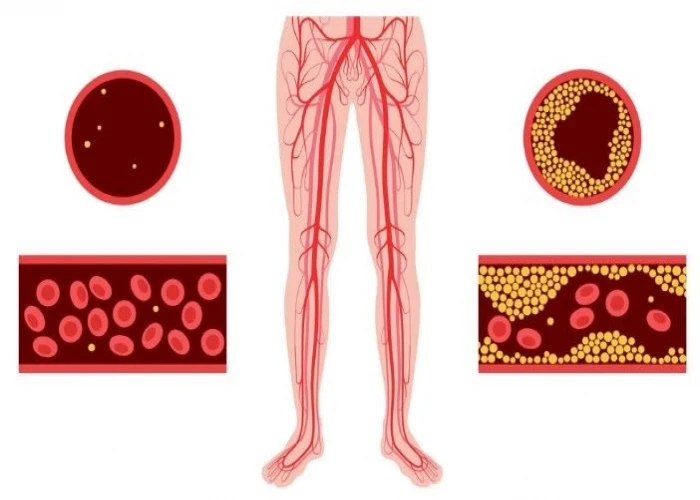
Peripheral artery disease (PAD) is a condition in which there is a narrowing or blockage of the blood vessels outside of the heart, most commonly affecting the arteries that supply blood to the legs. This narrowing or blockage is typically caused by a buildup of plaque in the arteries, a condition known as atherosclerosis.
Symptoms of PAD may include:
- Pain or cramping in the legs, particularly during exercise or walking
- Numbness or weakness in the legs
- Coldness in the feet or legs
- Slow-healing wounds or sores on the feet or legs
- Changes in skin color or texture, such as shiny, thin, or thickened skin
Diagnosis of PAD typically involves a physical exam, medical history, and imaging tests such as an ultrasound, angiography, or MRI. Treatment may include lifestyle changes such as regular exercise, a healthy diet, and smoking cessation, as well as medications to manage symptoms and reduce the risk of blood clots or complications. In some cases, surgery or other invasive procedures may be necessary to open or bypass blocked arteries.
Left untreated, PAD can increase the risk of serious complications such as infections, gangrene, and even limb amputation. Therefore, it is important for people with symptoms of PAD to seek medical evaluation and treatment. Preventive measures such as maintaining a healthy lifestyle and managing other medical conditions such as diabetes and high blood pressure can also help reduce the risk of PAD and other vascular diseases.
Research Papers
Disease Signs and Symptoms
- Weakness and numbness in legs
- Cold hands and feet
- Hair loss
- Weak pulse
- Sores on your toes, feet or legs that won't heal
Disease Causes
Peripheral artery disease (PAD)
Peripheral artery disease is often caused by atherosclerosis. In atherosclerosis, fatty deposits build up on your artery walls and reduce blood flow.
Although discussions of atherosclerosis usually focus on the heart, the disease can and usually does affect arteries throughout your body. When it occurs in the arteries supplying blood to your limbs, it causes peripheral artery disease.
Less commonly, the cause of peripheral artery disease may be blood vessel inflammation, injury to your limbs, unusual anatomy of your ligaments or muscles, or radiation exposure.
Disease Prevents
Peripheral artery disease (PAD)
The best way to prevent claudication is to maintain a healthy lifestyle. That means:
- Quit smoking if you're a smoker.
- If you have diabetes, keep your blood sugar in good control.
- Exercise regularly. Aim for 30 to 45 minutes of exercise several times a week after you've gotten your doctor's OK.
- Lower your cholesterol and blood pressure levels, if needed.
- Eat foods that are low in saturated fat.
- Maintain a healthy weight.
Disease Treatments
Treatment for peripheral artery disease has two major goals:
- Manage symptoms, such as leg pain, so that you can resume physical activities
- Stop the progression of atherosclerosis throughout your body to reduce your risk of heart attack and stroke
You may be able to accomplish these goals with lifestyle changes, especially early in the course of peripheral artery disease. If you smoke, quitting is the single most important thing you can do to reduce your risk of complications. Walking or doing other exercise on a regular basis following a schedule, referred to as supervised exercise training, can improve your symptoms dramatically.
If you have signs or symptoms of peripheral artery disease, you likely will need additional medical treatment. Your doctor may prescribe medicine to prevent blood clots, lower blood pressure and cholesterol, and control pain and other symptoms.
Medications
- Cholesterol-lowering medications. You may take a cholesterol-lowering drug called a statin to reduce your risk of heart attack and stroke.
- The goal for people who have peripheral artery disease is to reduce low-density lipoprotein (LDL) cholesterol, the "bad" cholesterol, to less than 100 milligrams per deciliter (mg/dL), or 2.6 millimoles per liter (mmol/L). The goal is even lower if you have additional major risk factors for heart attack and stroke, especially diabetes or continued smoking.
- High blood pressure medications. If you also have high blood pressure, your doctor may prescribe medications to lower it.
- Your blood pressure treatment goal should be less than 130/80 millimeters of mercury (mm Hg). This is the guideline for anyone with coronary artery disease, diabetes or chronic kidney disease. Achieving 130/80 mm Hg is also the goal for healthy adults age 65 and older and healthy adults younger than age 65 with a 10% or higher risk of developing cardiovascular disease in the next 10 years.
- Medication to control blood sugar. If you have diabetes, controlling your blood sugar levels becomes even more important. Talk with your doctor about your blood sugar goals and the steps you need to take to achieve these goals.
- Medications to prevent blood clots. Because peripheral artery disease is related to reduced blood flow to your limbs, it's important to improve that flow.
- Your doctor may prescribe daily aspirin therapy or another medication, such as clopidogrel (Plavix).
- Symptom-relief medications. The drug cilostazol increases blood flow to the limbs both by keeping the blood thin and by widening the blood vessels. It specifically helps treat leg pain in people who have peripheral artery disease. Common side effects of this medication include headache and diarrhea.
- An alternative to cilostazol is pentoxifylline (Pentoxil). Side effects are rare with this medication, but it's generally doesn't work as well as cilostazol.
Angioplasty and surgery
In some cases, angioplasty or surgery may be necessary to treat peripheral artery disease that's causing claudication:
- Angioplasty. In this procedure, a catheter is threaded through a blood vessel to the affected artery. There, a small balloon on the tip of the catheter is inflated to flatten the plaque into the artery wall and reopen the artery while stretching the artery open to increase blood flow.
- Your doctor may also insert a mesh tube (stent) in the artery to help keep it open. This is the same procedure doctors use to open heart arteries.
- Bypass surgery. Your doctor may create a path around the blocked artery using either a blood vessel from another part of your body or a synthetic vessel. This technique allows blood to bypass the blocked or narrowed artery.
- Thrombolytic therapy. If you have a blood clot blocking an artery, your doctor may inject a clot-dissolving drug into your artery at the point of the clot to break it up.
Supervised exercise program
Your doctor likely will prescribe a supervised exercise training program to increase the distance you can walk pain-free. Regular exercise improves symptoms of PAD in a number of ways, including helping your body use oxygen more efficiently.
Disease Diagnoses
Disease Allopathic Generics
Disease Ayurvedic Generics
Disease Homeopathic Generics
Disease yoga
Peripheral artery disease (PAD) and Learn More about Diseases

Childhood obesity

Chronic cough
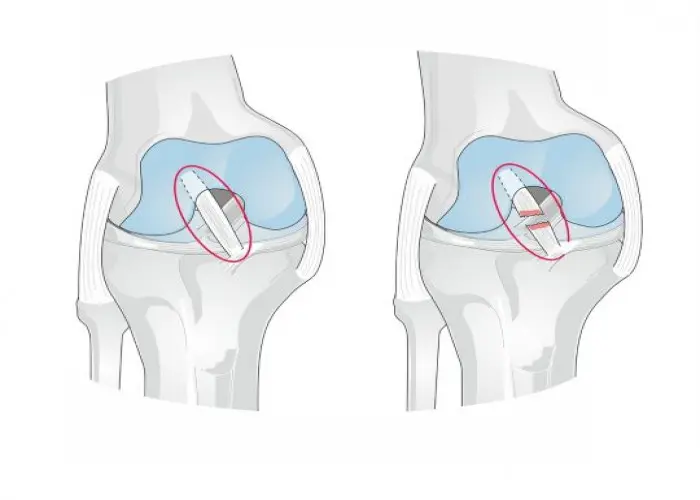
ACL injury
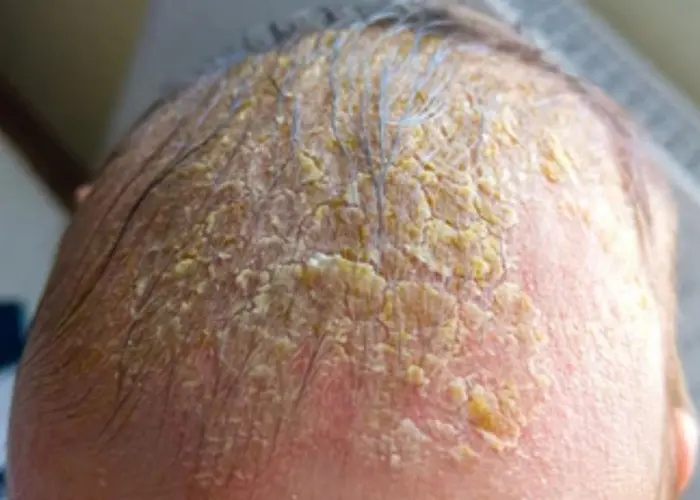
Cradle cap

Ebstein anomaly

Hoarding disorder

Cleft lip and cleft palate
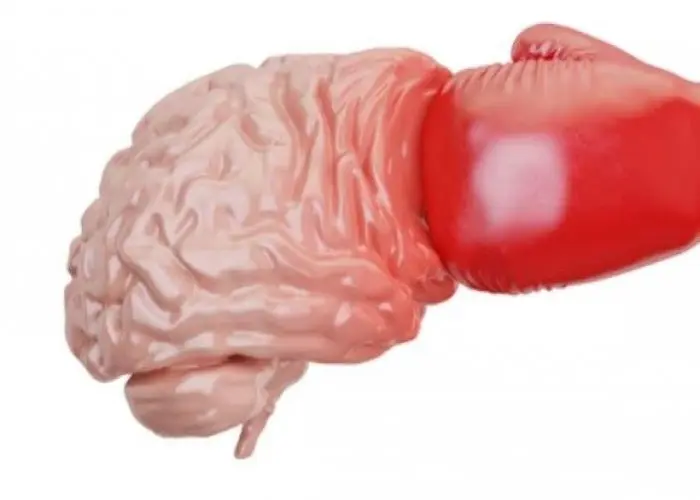
Chronic traumatic encephalopathy
Peripheral artery disease, pad, পেরিফেরাল আর্টারি ডিজিজ, পিএডি
To be happy, beautiful, healthy, wealthy, hale and long-lived stay with DM3S.
